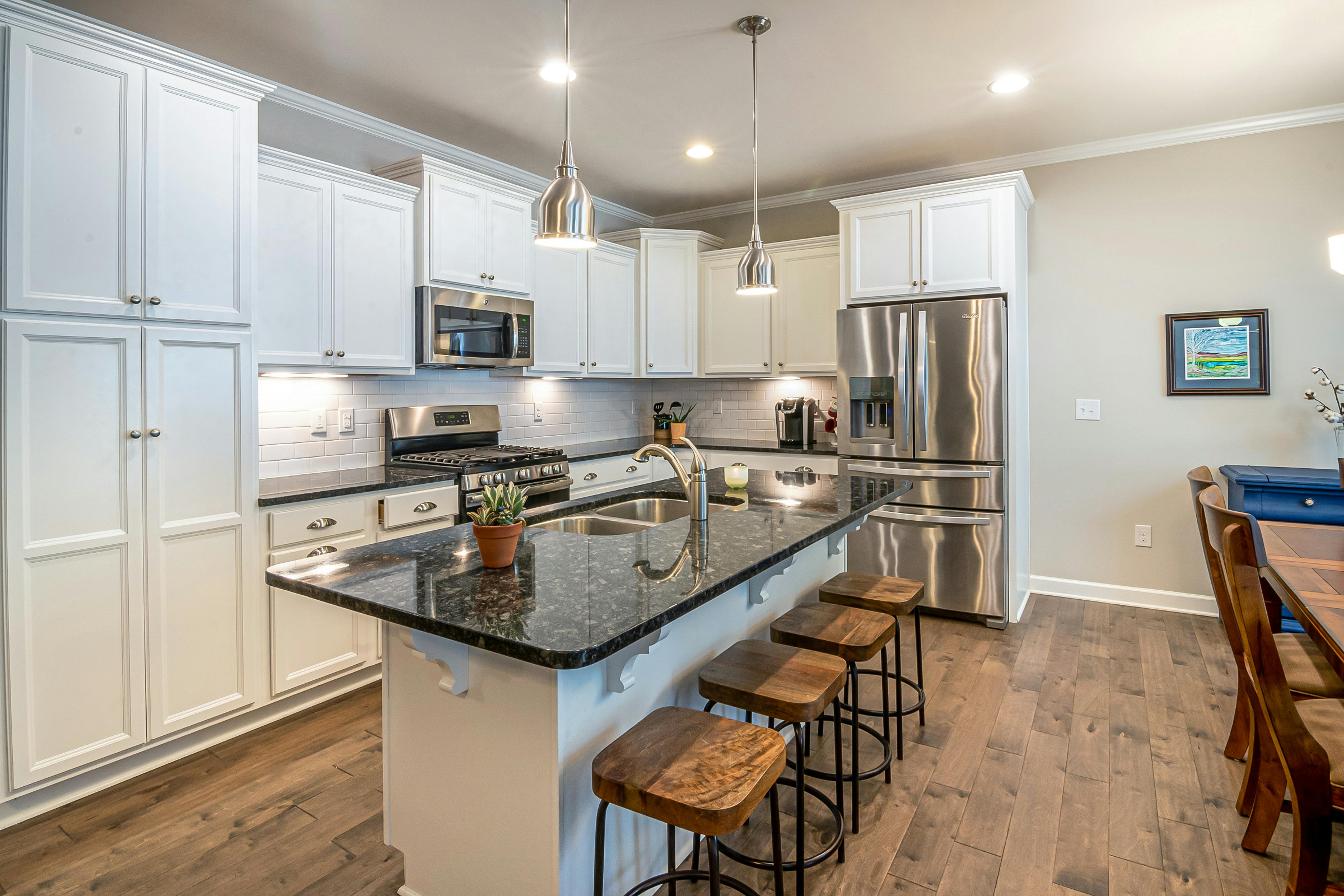Many people ask “what is fractional ownership?” and the closely related question “Is it timeshare? In this article I will attempt to answer these questions. This article deals exclusively with fractional ownership of leisure / luxury assets. However, most of the principles would apply equally to ownership. fractional part of a practical item (for example, for business).
Definition of fractional ownership
In its broadest definition, fractional ownership is any arrangement in which a group of people (from 2 to 10 or more) share ownership of an asset and also share certain rights to use the asset. The use of the word “ownership” in the definition, therefore, excludes timeshare agreements, where there is no ownership of the underlying asset. Unfortunately, however, some of the so-called fractional ownership schemes are closer to timeshare than to true fractional ownership. When investigating whether to buy a fraction, it is essential to know what its relationship is to the purchased asset. The best arrangement is to identify yourself as the legal co-owner of the asset (or in the case of multiple assets, the owning organization).
Types of fractional ownership
The most profitable way is when a group of people decide to buy an asset together. They then decide on the exact asset to be purchased, draw up the ownership documents (perhaps with the help of a legal firm), and purchase and manage the asset themselves. This avoids the sometimes substantial markup that developers charge when selling fractional properties. This approach has disadvantages, for example the amount of paperwork involved and the possibility of getting into a fight with your fellow fraction owners (excessive cleaning, maintenance, etc.)
Second, in terms of profitability it would be a development or owner-driven plan, where individual fractions were sold directly from the developer / owner (but where there were no expensive additional services included with the purchase). There will have to be a markup associated with this type of arrangement as the developer / owner is incurring additional legal and administrative costs. If the fractions can be sold individually (without all the fractions of an asset being sold), they also run the risk that the unsold fractions immobilize their capital.
The above schemes fade into the next category, which I will call clubs. They are sometimes called property clubs, private residence clubs, destination clubs, and so on. etc. Where they differ from simple developer / owner-led schemes is at the level of luxury / services provided and (sometimes) at the level of ownership. None of these terms have a particular legal meaning, so it is the buyer’s responsibility to investigate property issues, booking arrangements, departure arrangements, etc. At the end of this group there are some similarities to timeshare, so be careful!
How much is it costing me?
I’m not talking about in absolute terms here, I’m talking about how much it costs more than the amount you would have paid for the asset as a whole. Always try to make a comparison with a similar asset bought directly to get an idea of what the additional costs and profits of the developer / owner are. At the very least, it could help you negotiate a better price if you decide to buy! You can and should do a similar comparison on administration fees (and pay particular attention to any rights to vary them in the future).
Conclution
True fractional ownership is not a timeshare, but some of the schemes that are marketed as fractional ownership are. Be careful and do your homework if you are thinking of buying.






Recent Comments